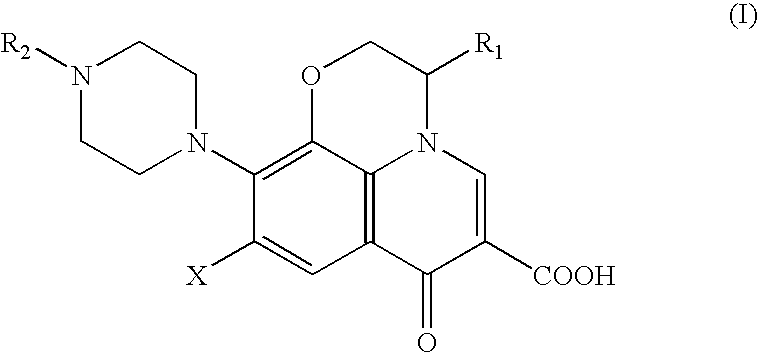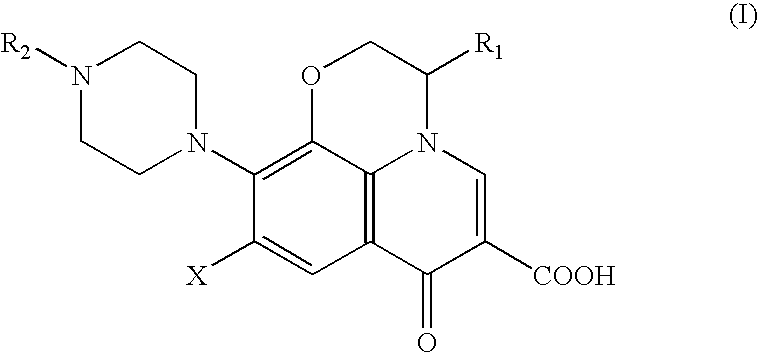Method for removing pyrogens from plasma and blood for treatment of septic shock
a pyrogen and plasma technology, applied in the field of pyrogen removal from plasma and blood for treatment of septic shock, can solve the problems of inflammatory reactions, multiple organ failure death in intensive care units (icus) and other problems, and achieve the effects of reducing the mortality rate, and reducing the number of patients
- Summary
- Abstract
- Description
- Claims
- Application Information
AI Technical Summary
Benefits of technology
Problems solved by technology
Method used
Image
Examples
example 2
[0076] Preparation of Pseudomonas maltophilia culture supernatant: Pseudomonas maltophilia was obtained from ATCC#17666 Aug. 10, 1966, and the bacterial culture broth from Difco Laboratories (Detroit, Mich.) was used for culture. The culture was grown at 37.degree. C., and LPS in the supernatant was monitored periodically by the LAL assay. The total culturing time was 48 hours. Then the culture was refrigerated at 4.degree. C. and centrifuged at 2,000.times.g. To the supernatant, 20 .mu.g / ml Gentamycin (Sigma, St Louis, Mo.) and 5 .mu.g / ml Ciproflaxin (Bayer, West Haven, Conn.) were added. The supernatant was sterile filtered and aliquoted for freeze storage. The sterility of the filtrate was ascertained using agar-plate culture. No colony growth was observed. The LPS concentration was 80,000 EU / ml.
example 3
[0077] Preparation of the system for ET removal from plasma: Equal volumes of Floxin resin (60-160 .mu.m beads) and Acticlean Etox resin (60-160 .mu.m beads) were mixed to produce the resin designated Floxin / Acticlean Etox (60-160 .mu.m). A glass column was packed with 1.5 ml of Floxin / Acticlean Etox resin. At 3 ml / min, 1 N sodium hydroxide (NaOH, 25 ml) was pumped into the column and was allowed to sit in the column overnight. The column and the tubing were rinsed to neutrality with ET-free LAL-water. A sample port was also decontaminated with 1 N NaOH overnight and rinsed under sterile conditions with LAL-water, before being placed at the outlet of the column.
example 4
[0078] Preparation of plasma: Plasma or serum was prepared from whole blood by spinning the blood at 1,800 g for 20 minutes at 12 degree C. Heparin (5-20 U / ml) was used as anticoagulant. The resulting supernatant was sterile filtered with a 0.22 .mu.m cut-off filter.
PUM
| Property | Measurement | Unit |
|---|---|---|
| Length | aaaaa | aaaaa |
| Length | aaaaa | aaaaa |
| Diameter | aaaaa | aaaaa |
Abstract
Description
Claims
Application Information
 Login to View More
Login to View More - R&D
- Intellectual Property
- Life Sciences
- Materials
- Tech Scout
- Unparalleled Data Quality
- Higher Quality Content
- 60% Fewer Hallucinations
Browse by: Latest US Patents, China's latest patents, Technical Efficacy Thesaurus, Application Domain, Technology Topic, Popular Technical Reports.
© 2025 PatSnap. All rights reserved.Legal|Privacy policy|Modern Slavery Act Transparency Statement|Sitemap|About US| Contact US: help@patsnap.com



